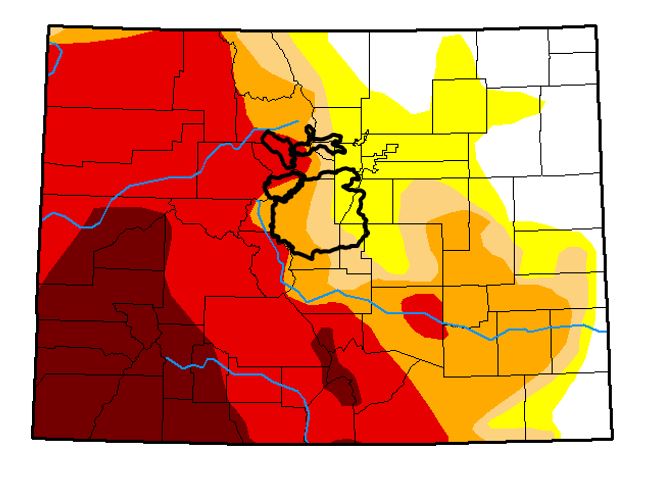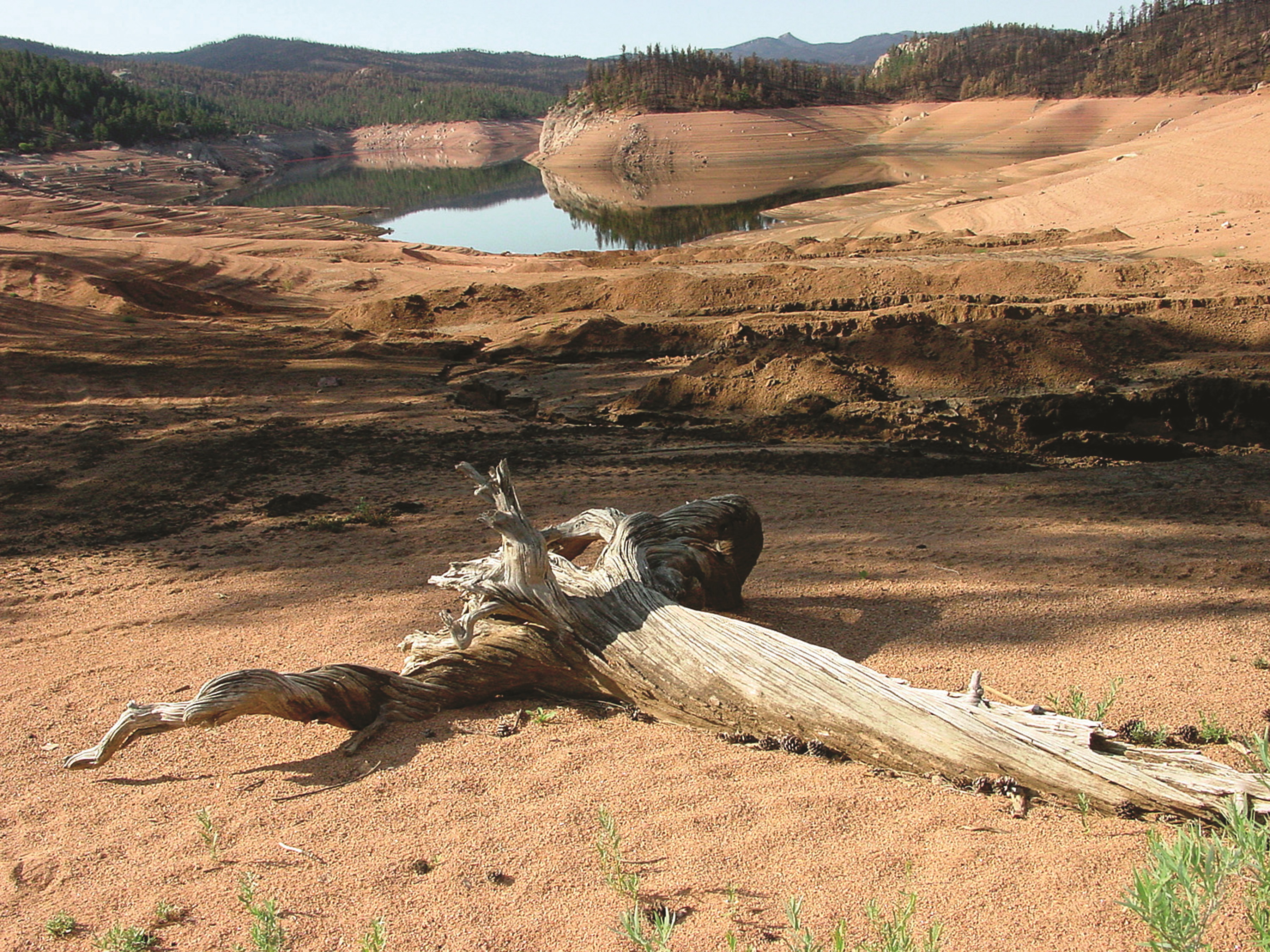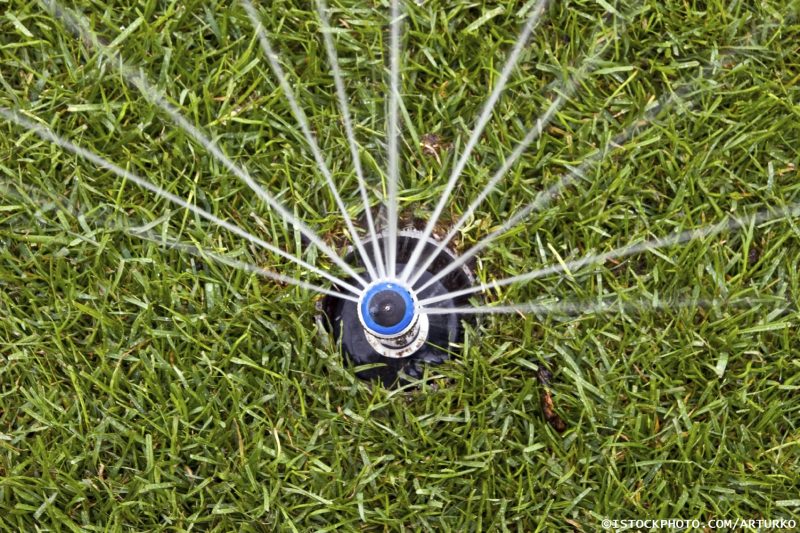
Cooler fall weather means it’s time to cut back on outdoor water use
Since February, angry red blotches signifying extreme drought have marked southwest Colorado on the weekly U.S. drought monitor maps, spreading north and east across the state.
“The Denver metro area has been abnormally dry this year, according to the federal drought monitor, and the places where we get our water from are now in the abnormally dry to extreme drought categories,” said Nathan Elder, Denver Water’s manager of water supply.
The U.S. Drought Monitor Map showed 48 percent of Colorado to be in extreme or exceptional drought conditions as of Sept. 25.
As of Sept. 28, Denver Water’s reservoirs were 82 percent full, six points below the 88 percent typically seen at this point in the year.
Water planners are keeping wary eyes on weather forecasts and hoping this winter will be full of snow and lead to healthy runoff levels next spring. The two river basins that Denver Water relies on, the South Platte and the Colorado, will receive particularly close attention.
Fortunately, it’s finally fall.
Now, Denverites can take a breather from the months of hot, dry summer temperatures and relish the cooler nights and mornings.
And why not. Your lawn certainly is.
That’s why Denver Water’s standard summer watering rules only run until Oct. 1.
The arrival of cooler fall weather means homeowners can and should continue to dial back on watering their lawns, start shutting down sprinkler systems, and begin preparations for next year.
This is more important now than ever with the possibility that the drought conditions that we’ve been experiencing throughout Colorado this summer will continue.
“The cooler temperatures mean plants don’t need as much water as they did at the height of summer’s heat,” said Jeff Tejral, water efficiency manager at Denver Water. “If you water like you did in July, you’re not benefitting the lawn as most of it will just run off. You’re just running up your water bill.”
The lawn doesn’t need as much water during fall compared to the summer months, according to landscape professionals with Associated Landscape Contractors of Colorado.
During October, lawns and landscape typically need water no more than one day a week, Tejral said.
As the leaves fall, rather than raking them and bagging them for the landfill, running over them with a lawn mower can save you time and energy. When shredded leaves are left on the lawn, they become a natural source of fertilizer, and fall is the best time to fertilize, according to landscape professionals.
Aerating the lawn also helps water and fertilizer reach the roots. It can be done any time the ground is not frozen, according to Colorado State University’s extension experts.
On average, the first freeze of the season occurs in Denver on Oct. 7.
With freezing temperatures looming, make plans to shut down sprinkler systems to avoid potential property damage from broken pipes and expensive repairs to the sprinkler system next spring.
With the possibility that the drought conditions that have spread across Colorado this year will continue, this fall is also a great time to prepare for next year by identifying water-hungry plants and unused or inefficient sections of grass that could be replaced with less water-intensive options next year.
“If we’re in a drought next year, or any year, you will already be ahead of the game by identifying places you could cut back on water use while maintaining a vibrant landscape,” said Tejral. “We need to remember that we live in a variable climate. If we are in a drought next year, are you ready? Is your landscape ready?”



